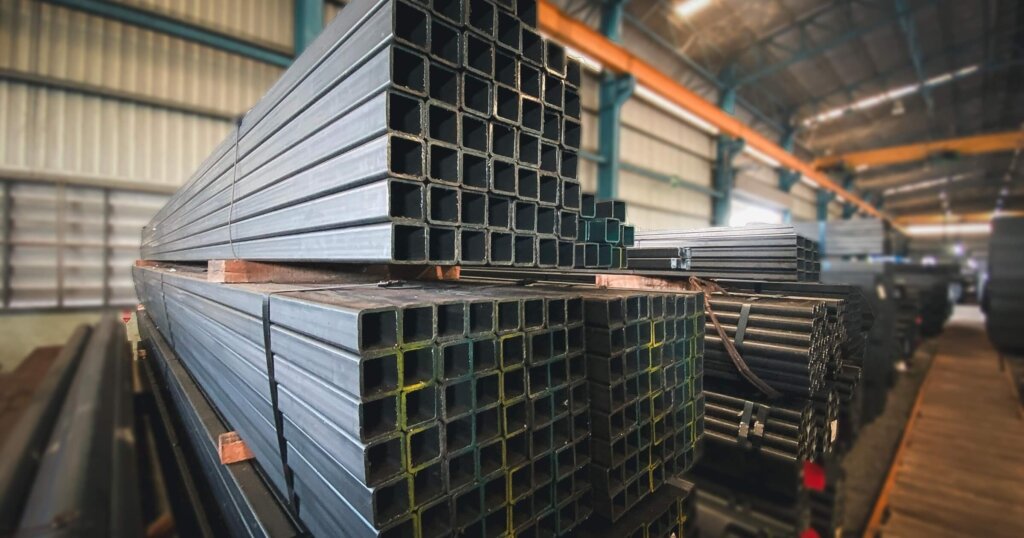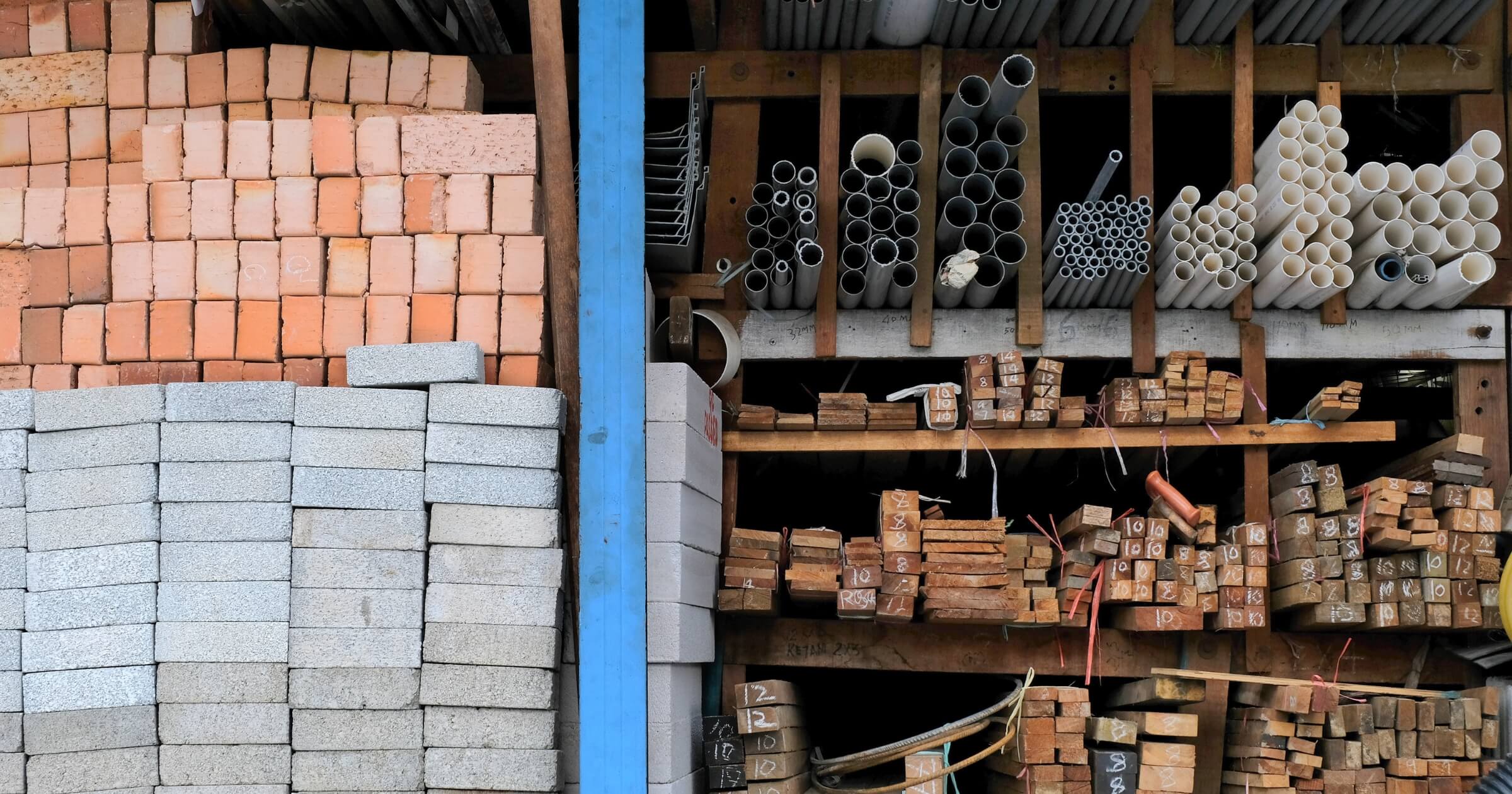Construction materials costs have risen three months in a row up until April—January (+1.4%), February (+0.6%), March (+0.5%), and April (–0.1%). This is according to an analysis of the U.S. Bureau of Labor Statistics’ Producer Price Index by Associated Builders and Contractors (ABC). The hike stems from tariff uncertainties clouding purchasing and pricing strategies, causing pressure to ramp for builders and prospective homeowners alike. This pressure has eased recently although largely stemming from driven by energy cost declines. Tariff-sensitive materials like steel (+5.9%) and copper wire (+5.0%) remained sharply up.
The notices for the price hikes started popping up in March, even prior to the new tariffs taking effect. Construction materials costs for residential and non-residential building projects are now up a total of 0.8% from this time last year, and market volatility makes it difficult to predict when the rise will stagnate. As tariff and reciprocal tariff plans continue to turn on a dime, construction suppliers are forced to inaccurately predict the market.
Across the industry, budgeting and planning for projects is becoming increasingly complex, according to economists. Many businesses are attempting to lock in pricing early with accelerated procurement, and proactivity is the name of the game to protect businesses’ bottom line. Project leads, construction executives, and estimators are feeling the squeeze as each month brings a new brace of additional price hikes.

Flat steel square pipes used in construction and industrial projects. Photo via Shutterstock.
“Construction input prices increased at a rapid pace for the third consecutive month in March and have now risen at a 9.7% annualized rate through the first quarter of 2025. The emerging effects of tariffs are glaring in the March data release, with iron and steel, steel mill products and copper wire and cable prices all rising more than 5% for the month,” says ABC Chief Economist Anirban Basu.
According to ABC, rising construction material costs and ongoing market uncertainty have already caused more delays and cancellations. In April, about 22 percent of contractors said their projects were affected, which was up from 18 percent in March. While overall input prices dropped slightly in April, the cost of important materials like steel and copper continued to rise. Steel prices went up by 5.9 percent, and copper wire increased by 5 percent.
Many companies had asked the Trump administration to ease up on tariffs. Instead, in early June, Trump raised tariffs on steel and aluminum from 25 percent to 50 percent. He said it was to protect American industry. The United Kingdom was given a temporary exception. But construction leaders say this move could make things worse by increasing construction material costs and putting even more pressure on already delayed or canceled projects.
Follow us on LinkedIn and subscribe to the newsletter to be informed about trade tensions impacting the AEC space.



2 comments